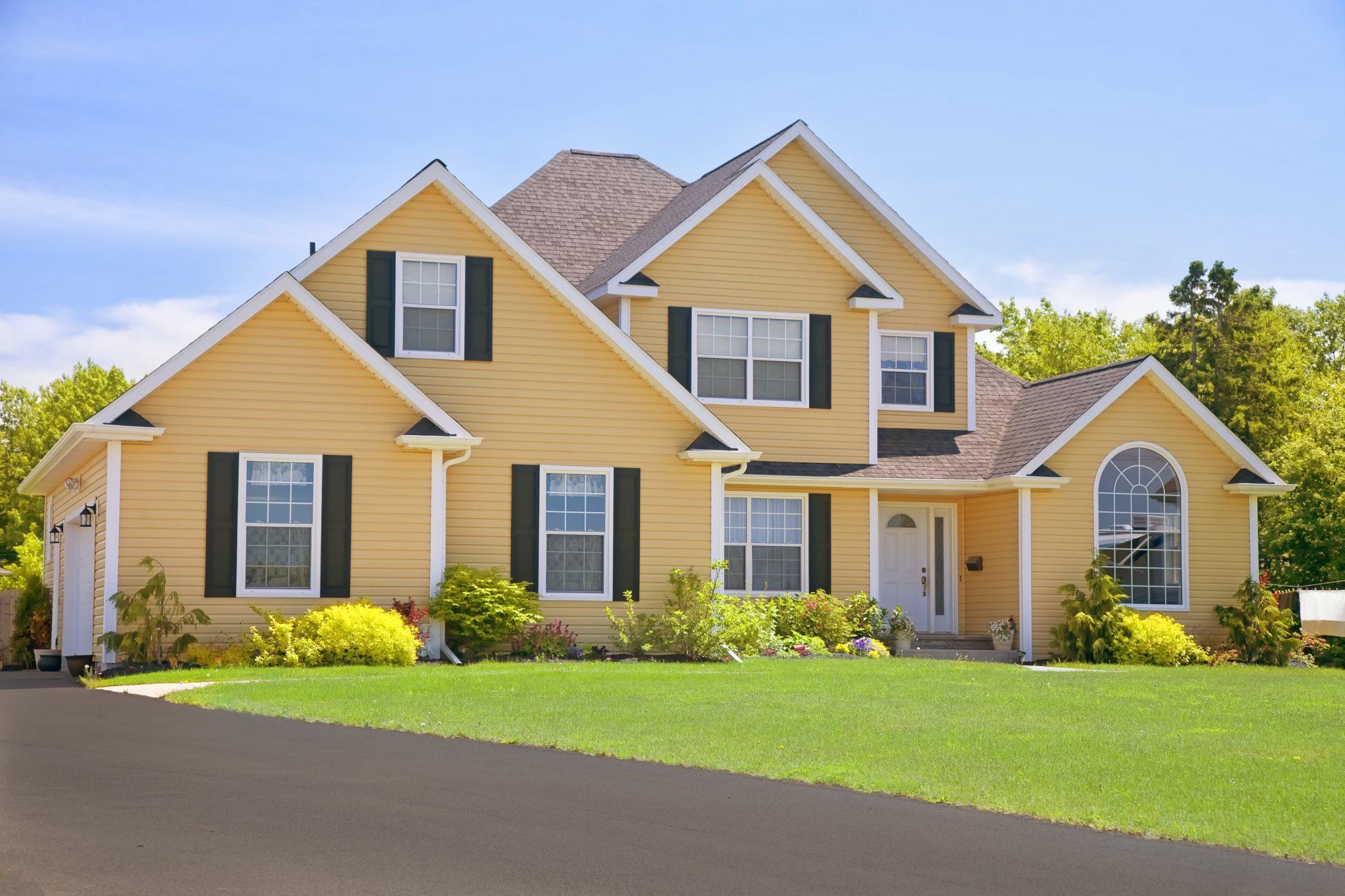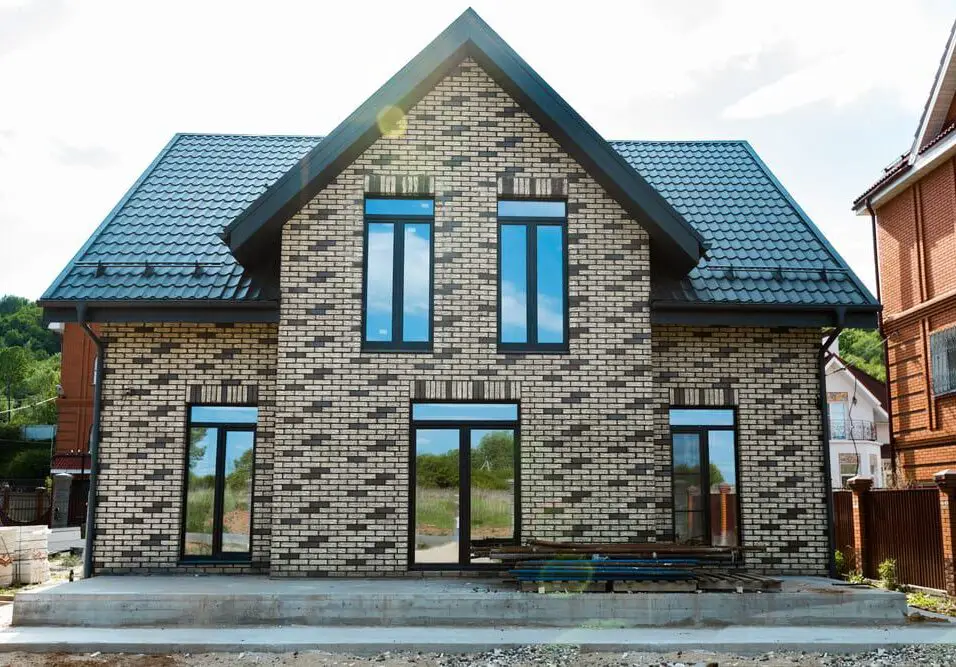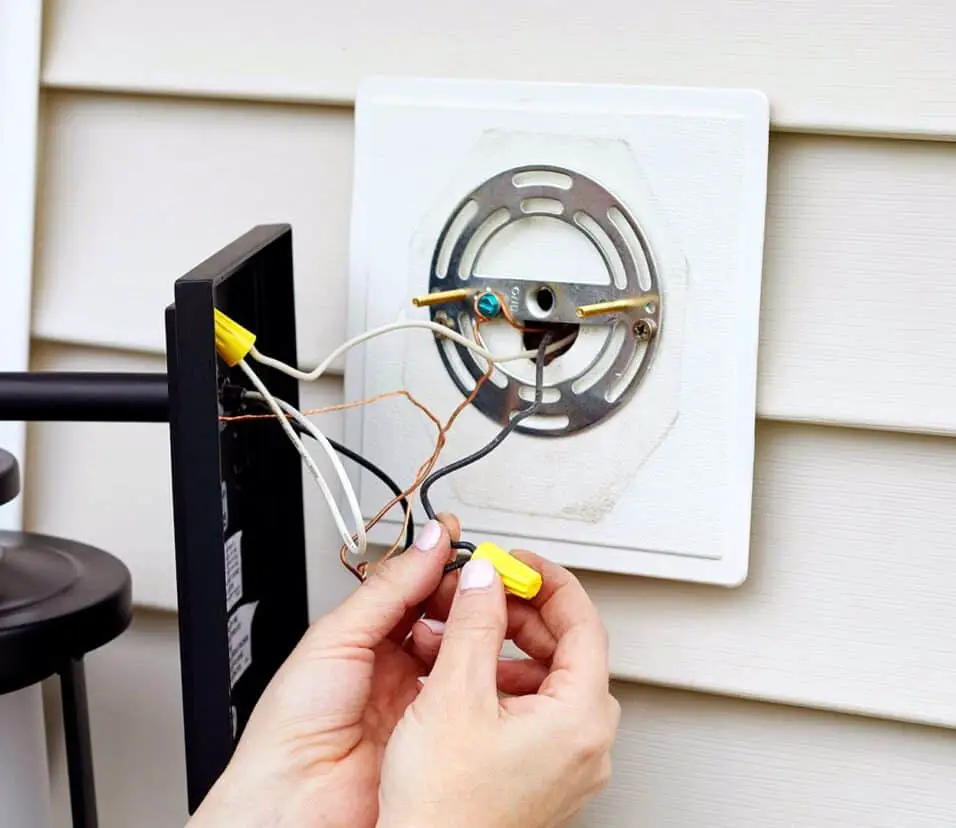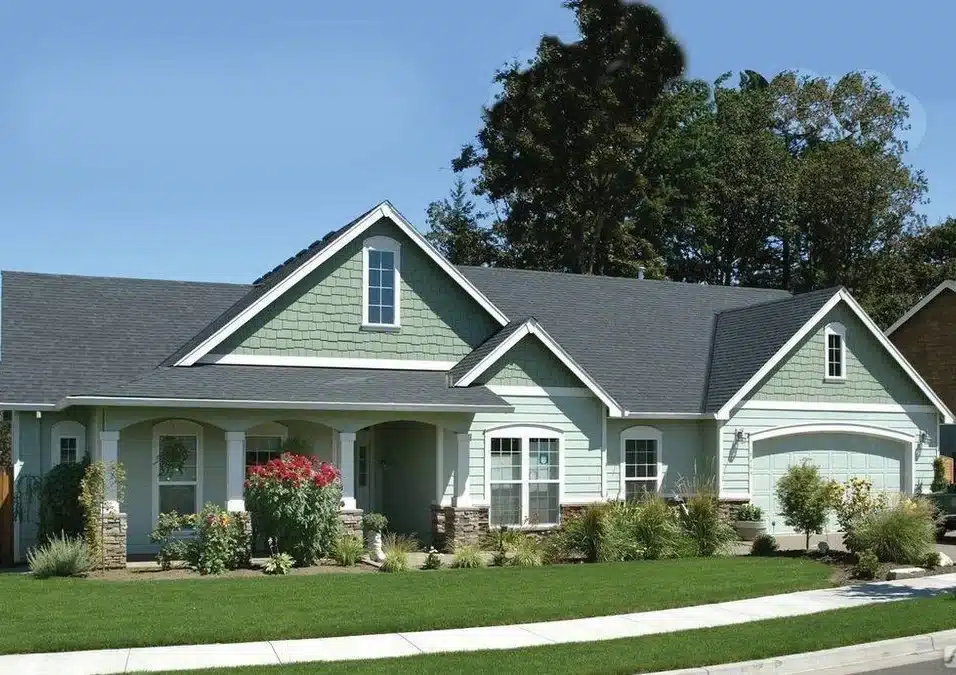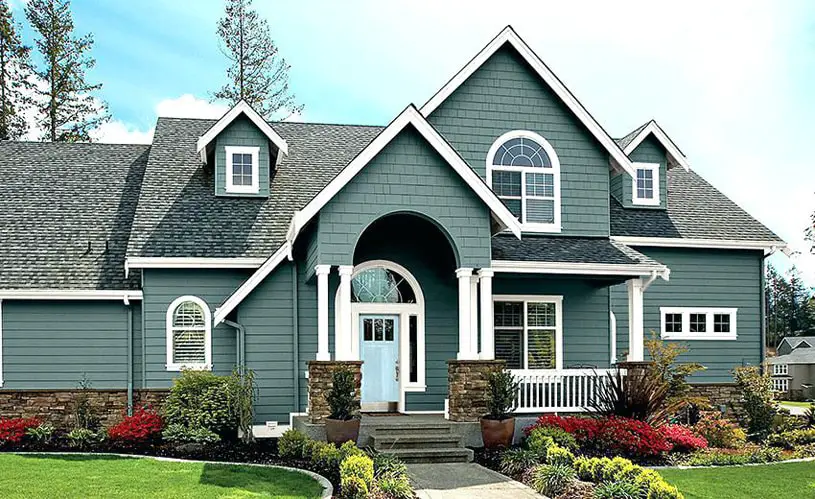How Many Coats Exterior Paint
Introduction
How Many Coats Exterior Paint: When it comes to painting the exterior of your home, one of the most common questions that homeowners have is how many coats of paint are necessary. In this article, we will explore the factors that can influence the number of coats needed and provide some guidance on how to determine the right number of coats for your project.
First and foremost, it is important to consider the condition of the surface you are painting. Some paints have better coverage and hiding power than others. For example, high-quality exterior paints with a higher concentration of pigments tend to provide better coverage and may require fewer coats. On the other hand, lower-quality paints may require additional coats to achieve the desired color and finish.
Lastly, the desired outcome of your project will also influence the number of coats needed. If you are looking for a drastic color change or a bold, vibrant finish, multiple coats may be necessary to achieve the desired result. On the other hand, if you are simply refreshing the existing color or going for a more subtle change, one or two coats may be sufficient.

Do you need 2 coats of exterior paint?
In our experience, the only times when applying two finish coats of exterior paint may be necessary is: In new construction. There is extensive damage to the siding. When a color change won’t hide the old color in one finish coat (like a light color over a dark one)
When it comes to painting the exterior of your home, one of the common questions that arises is whether you need to apply two coats of paint.
Applying two coats of paint is generally recommended for exterior painting projects. This is because a single coat may not provide sufficient coverage and durability, especially if the surface is in poor condition or if you are using a lighter color.
However, there are some instances where a single coat may be sufficient.
If the surface is in good condition and you are using a high-quality paint that offers excellent coverage, you may be able to achieve satisfactory results with just one coat.
It is important to note that the type of paint being used can also impact the number of coats required. Some paints, such as those with a higher pigment concentration or those specifically formulated for better coverage, may require only one coat. On the other hand, paints with a lower pigment concentration or those that are more translucent may require multiple coats to achieve the desired color and coverage.
Ultimately, the decision of whether to apply one or two coats of exterior paint depends on your specific circumstances and goals. However, if you are working with a surface in good condition and using a high-quality paint, one coat may be sufficient. Consulting with a professional painter can help you determine the best approach for your particular project.
How many coats of paint should go on exterior of house?
two coats
Whether you’re painting the interior or exterior of your house, it’s important to know how many coats of paint you’ll need. In most cases, two coats of paint are ideal to ensure complete coverage.
In general, it is recommended to apply at least two coats of paint to the exterior of a house. This is because the first coat of paint acts as a primer, helping to seal the surface and provide a smooth base for the second coat. Applying two coats of paint also helps to ensure that the color is even and consistent, as well as providing better protection against the elements.
However, there are some situations where additional coats of paint may be necessary.
Ultimately, the number of coats of paint needed for the exterior of a house will depend on the specific circumstances and goals of the homeowner. It is always a good idea to consult with a professional painter or paint manufacturer for guidance on the best approach for your particular project.
Is 3 coats of exterior paint too much?
Another question we get asked a lot from DIY painters and other contractors is, “how many coats of paint do I need when painting the interior or exterior of a home. The general rule is that you should use two coats of paint.
When it comes to painting the exterior of a house, one of the common questions that homeowners have is whether three coats of paint are too much.
Firstly, it is important to consider the condition of the surface. In fact, applying too many coats of paint can lead to a buildup of paint, which can result in a less durable finish.
Secondly, the type of paint being used can also impact the number of coats needed.
Some paints have better coverage than others, meaning that fewer coats may be required to achieve the desired color and finish. Additionally, some paints have better durability and weather resistance, which can also impact the number of coats needed. It is important to consult the manufacturer’s instructions and recommendations when determining how many coats of paint to apply.
If a homeowner wants a deep, rich color or a specific texture, applying three coats of paint may be necessary to achieve the desired result. On the other hand, if a homeowner is simply looking to freshen up the exterior of their house with a new coat of paint, one or two coats may be sufficient.
It is important to assess these factors and consult the manufacturer’s instructions when determining how many coats of paint to apply. By doing so, homeowners can ensure a beautiful and long-lasting finish for their home’s exterior.
Do professional painters use 2 coats of paint?
How many coats of paint do I need? Generally, you will want a minimum of two coats of paint – this is a good rule of thumb for any wall or ceiling you’re painting. You’ll rarely get a seamless finish from just one coat of paint, and even if you do, coverage isn’t the only goal when it comes to painting a room.
Professional painters typically use two coats of paint when painting a surface. This is because applying two coats of paint ensures better coverage and a more even finish.
Using two coats of paint also helps to enhance the durability and longevity of the paint job. The first coat acts as a foundation, while the second coat adds an extra layer of protection and color.
Additionally, applying two coats of paint allows for better color saturation. The first coat may appear slightly uneven or translucent, but the second coat helps to achieve a more vibrant and consistent color. This is particularly important when using lighter or brighter colors, as they can be more challenging to achieve full coverage with just one coat.
Does exterior paint need primer?
But primer can be an invaluable tool when it comes to exterior painting projects. And if you’re wondering if painting your home is worth it, be sure to check out our blog post on the 7 benefits of exterior painting. Paint primer helps ensure that your paint job looks better and lasts longer.
When it comes to painting the exterior of your home, one question that often arises is whether or not you need to use a primer. The answer to this question depends on a few factors, including the condition of the surface you are painting and the type of paint you plan to use. In some cases, using a primer can be beneficial and help to ensure a long-lasting and professional-looking paint job.
It helps to create a smooth and even surface for the paint to adhere to, as well as providing additional protection for the underlying material.
Using a primer can help to seal the surface and prevent any stains or discoloration from bleeding through the paint. It can also help to improve the adhesion of the paint, ensuring that it lasts longer and doesn’t peel or chip easily. Additionally, using a primer can help to reduce the number of coats of paint you need to apply, saving you time and money in the long run.
Latex or Acrylic Paints
The type of paint you plan to use can also influence whether or not you need to use a primer. Some paints, such as oil-based paints, may require a primer to ensure proper adhesion and durability.
When painting the exterior of your home, you can apply a primer or not. However, employing a primer is advisable, especially if the surface is poor or if you are using a paint that needs one. The amount of coats of exterior paint needed for a job depends on various factors. Surface condition, paint kind, and desired finish are these criteria.
The first paint application lays the groundwork for later layers. It smooths and evens the surface for the finish. Two coats ensure thorough coverage and improve the paint job’s color and look. However, certain conditions may necessitate several coats. Use a high-quality paint with good coverage to reduce coats.
What is the recommended number of coats for the exterior paint?
The first coat serves as a base layer, providing a foundation for the subsequent coats. It helps to even out the surface and improve adhesion. The second coat then ensures full coverage and enhances the color and finish of the paint. Applying multiple coats also helps to protect the surface from weather elements, such as UV rays, moisture, and temperature fluctuations.
However, it is important to note that certain situations may require additional coats. Additionally, some high-quality paints may recommend three or more coats for maximum performance. It is always best to consult the manufacturer’s instructions and consider the specific requirements of your project to determine the ideal number of coats for the exterior paint.
Is there a specific number of coats required for the exterior paint?
When it comes to the number of coats required for exterior paint, there is no one-size-fits-all answer. However, there are some general guidelines that can help you determine the ideal number of coats for your exterior paint job.
First and foremost, it is important to properly prepare the surface before applying any paint. This includes cleaning the surface, removing any loose or peeling paint, and repairing any cracks or imperfections. By ensuring a smooth and clean surface, you can maximize the adhesion and durability of the paint, which may reduce the number of coats needed.
Additionally, the type of paint being used can also impact the number of coats required. Some paints have better coverage and opacity than others, meaning they can provide adequate coverage with fewer coats. It is important to carefully read the manufacturer’s instructions and recommendations for the specific paint you are using to determine the optimal number of coats.
How many layers of exterior paint should be applied?
The first coat of paint serves as a base layer, providing a foundation for the subsequent coats. It helps to even out the surface and improve adhesion. However, in some cases, additional coats may be necessary.
5. Can you provide guidance on the ideal number of coats for the exterior paint?
However, it is important to note that certain situations may require additional coats. Ultimately, the goal is to achieve a smooth and even finish that provides adequate protection against the elements. Applying multiple coats of paint helps to ensure that the surface is properly sealed and protected, reducing the risk of damage from moisture, UV rays, and other environmental factors. It is always best to consult with a professional painter or follow the manufacturer’s recommendations for the specific paint being used to determine the ideal number of coats for your exterior paint project.
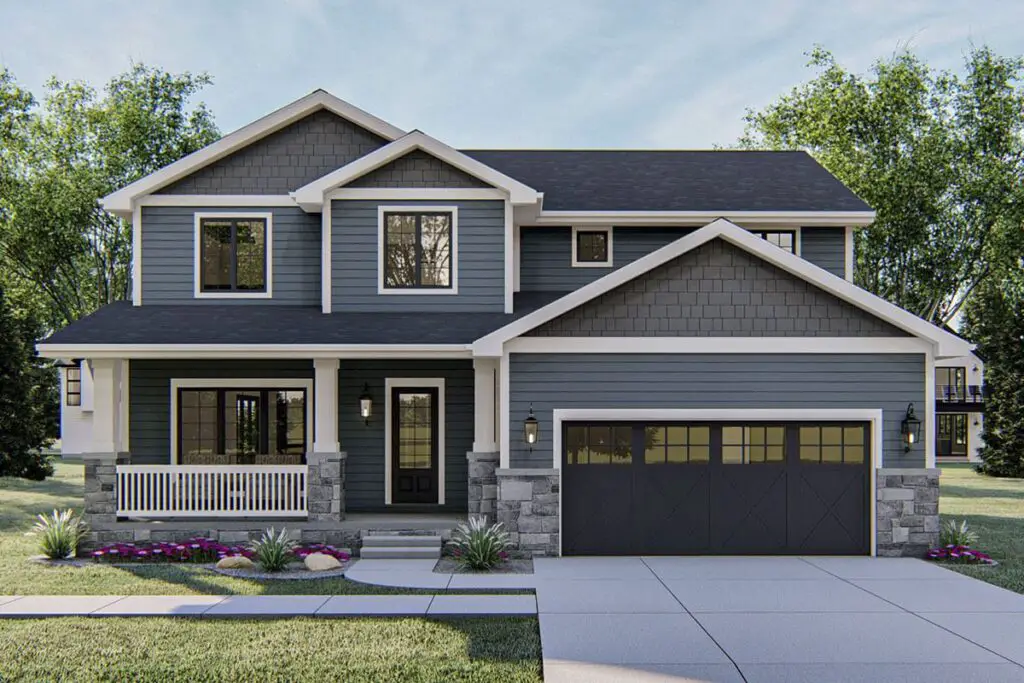
Conclusion
Several factors determine how many coats of exterior paint a project needs. Surface condition, paint kind, and desired finish are these criteria. Before painting, properly inspect the surface to make any necessary repairs or preparations. Knowing the paint’s coverage and drying time can also help calculate the amount of coats. Lastly, considering the desired outcome, whether it be a solid color or a more textured finish, can also impact the number of coats required.
Lastly, the desired outcome of the project can also impact the number of coats needed. One or two coats may be enough for a solid hue. To ensure the right amount of coats, discuss the intended outcome with the painter or contractor.Determining the number of coats paint exterior needed for a project requires careful consideration of the surface condition, type of paint, and desired outcome.



